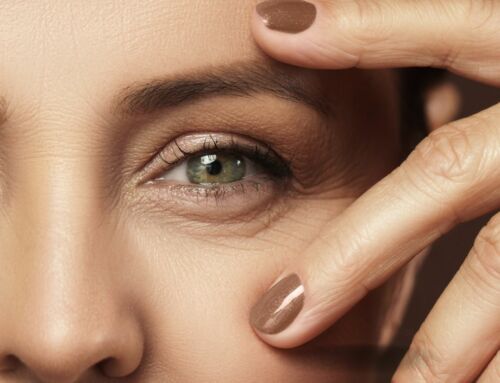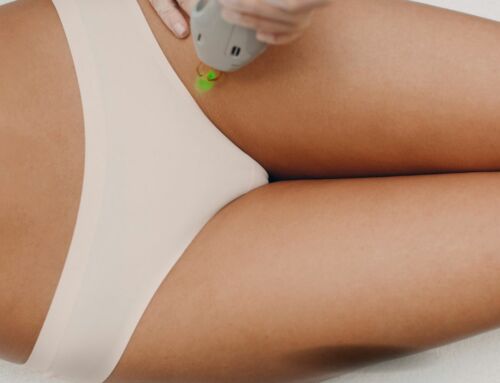Of course, we’ve all laughed at those lists showing the worst tattoos ever on the internet, but when you actually have a tattoo that you no longer absolutely love, it’s no laughing matter. However, help is at hand. If you’ve got a tattoo you wish you’d never had, it can be removed. It’s not as quick as quick as having the artwork in the first place, but at least now you don’t have to live with a mistake forever!
How are tattoos removed?
The most effective way of removing a tattoo is by using laser energy. The beam of laser energy is fired into the tattoo to break up the particles of pigment until the image gradually starts to fade away. Using different wavelengths of light, different coloured pigments are broken down.
It takes the laser only a moment to break up pigment, so treatment sessions are generally short, but it may well take between three and ten sessions to remove a tattoo completely. Some colours are more stubborn to the process than others—for example, blues and greens generally require more treatment to remove. Other factors that affect how easy it is to remove a tattoo include how old it is, the quality of the ink used and whether the tattoo was professional or homemade.
The laser beam doesn’t penetrate the skin deeply, which means that scarring is incredibly rare and therapists are able to target the tattoo areas very precisely. The laser beam passes through the topmost layer of skin to break down the ink beneath, and it’s very rare for the top layer of skin to be broken. There may be some swelling or sensitivity, but often the skin is numbed using a high-tech cooling system before the process begins.
A few words of advice
No one gets a tattoo with removal in mind, but here are a few pieces of advice if you’re less enamoured with your tattoo than you used to be.
- You’ll probably need a number of sessions, which need to be spaced approximately a month apart from each other
- The older the tattoo, the easier it will be to remove
- Discuss any medical issues you have with the removal therapist—it may not be suitable if you are pregnant or breastfeeding, or undergoing chemo or radiation therapy
- Ask about what to expect of your treatment and healing afterwards
- Wear goggles during the procedure
- Make sure you follow up with any suggested aftercare





